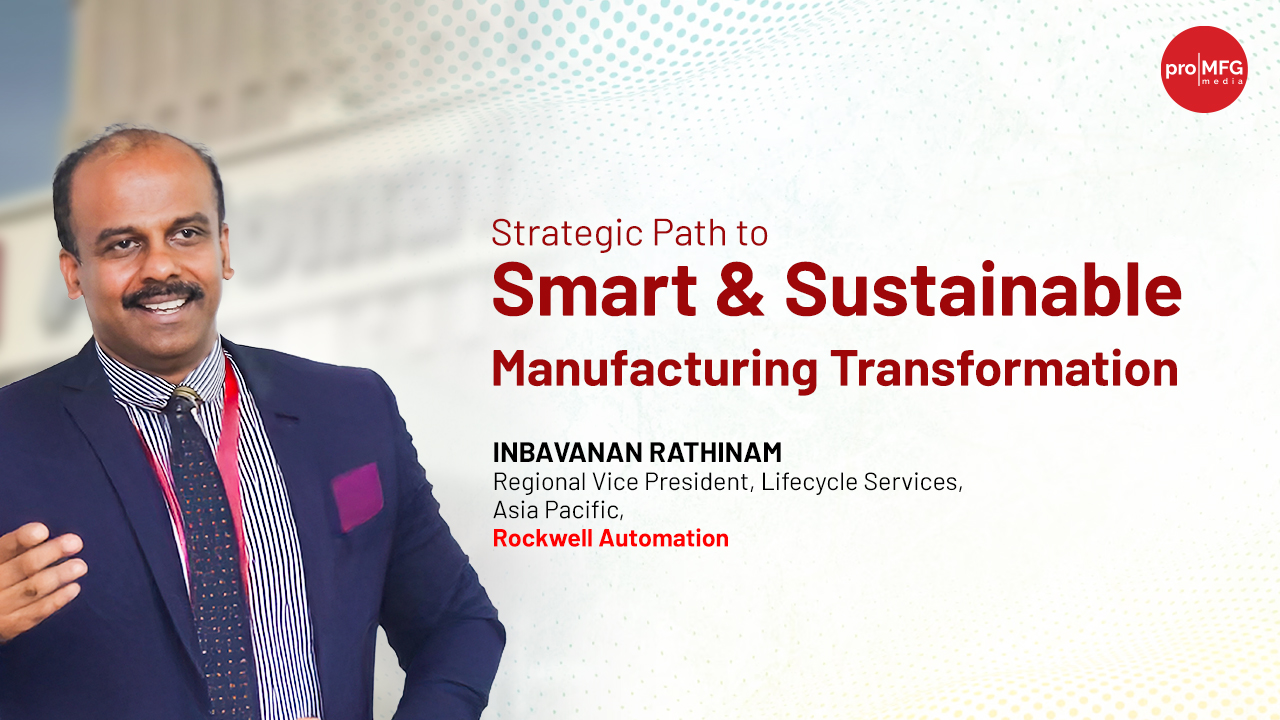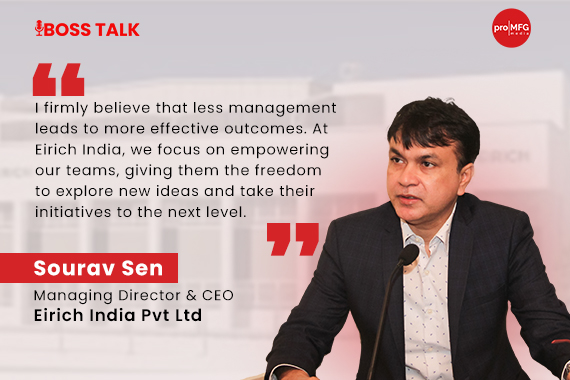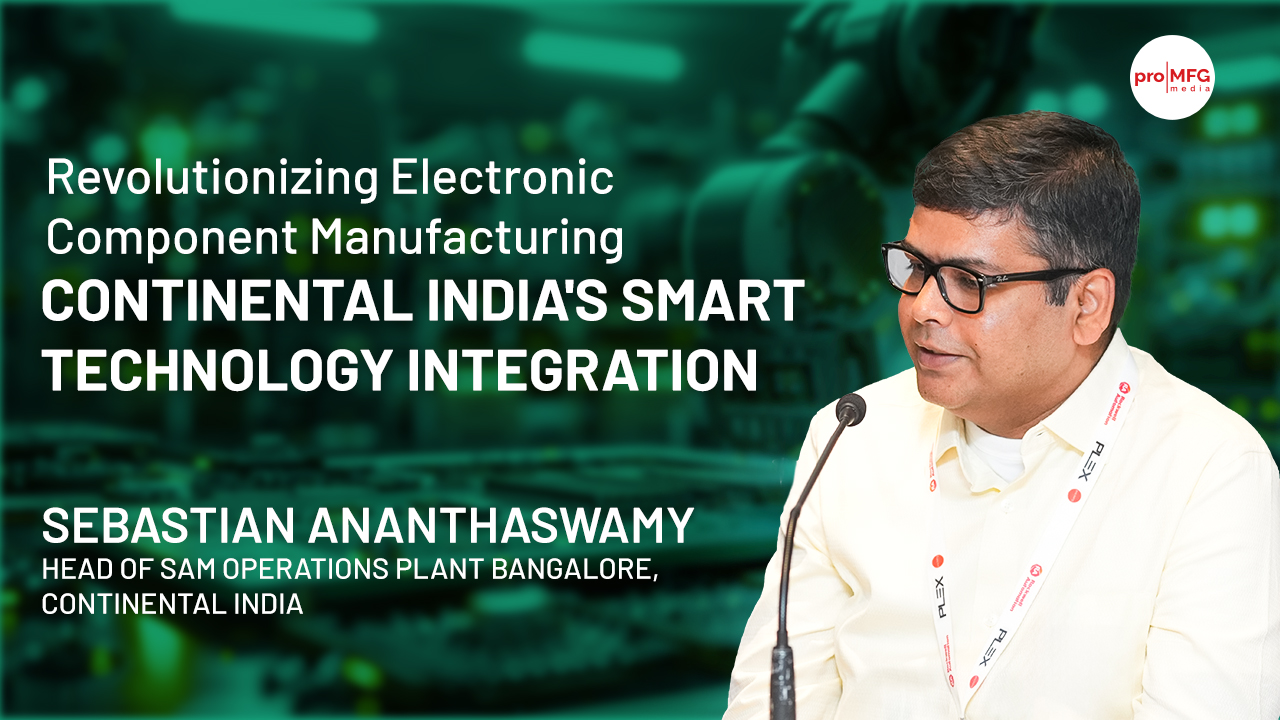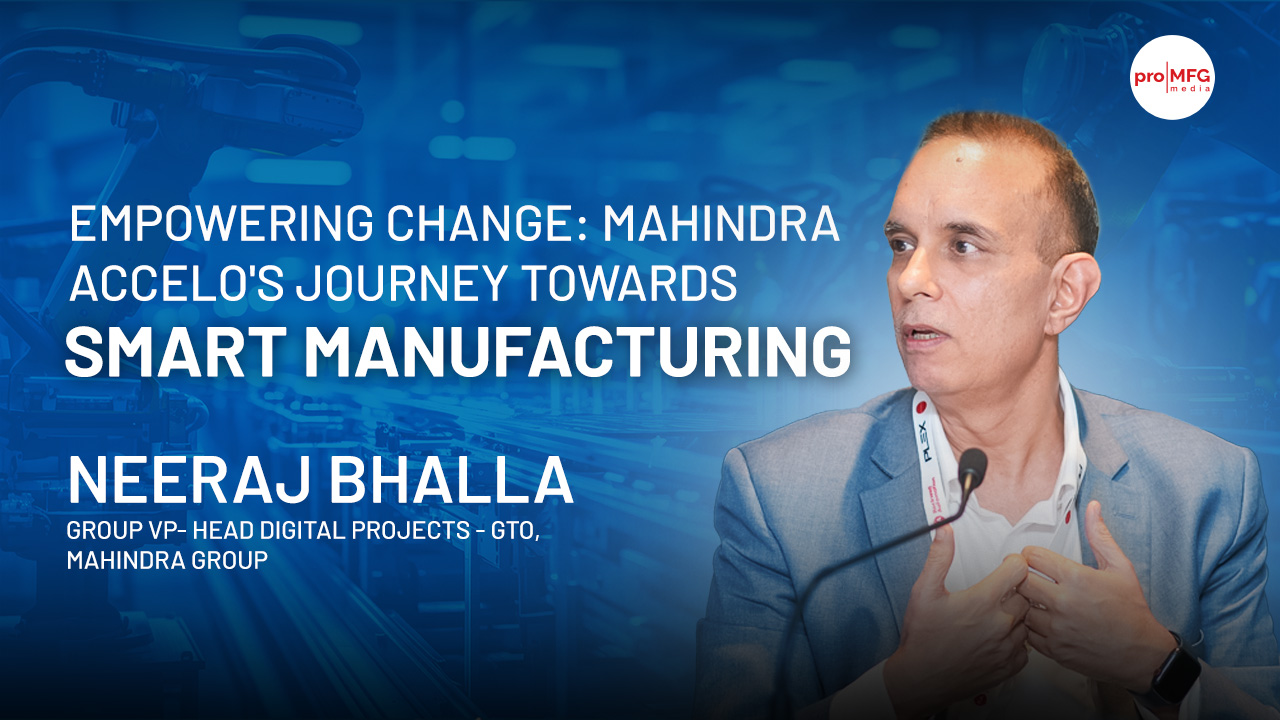Mr. Ravind Mithe specializes in strategizing, designing and executing large business transformation initiatives of manufacturing organizations. He has served as Partner and Head of Operations Consulting Practice for KPMG in India. He has also worked as a Partner at PwC and Eicher Consultancy during his long consulting career.

The Aspects of Manufacturing Excellence
A comprehensive manufacturing excellence (ME) program has to ensure that the performance of all the five elements is improved to deliver a right quality product at the least conversion cost with the highest productivity and safety, with optimum inventory, at the right time. A manufacturing excellence program has to address the following basic aspects:
- ➢ Improving Asset Adequacy and Availability
Adequacy of asset means the bottleneck stage of manufacturing has enough capacity to meet the demand hence must be fed with orders which improve throughput. The concept of Theory of Constraints (TOC) has to be leveraged to make this happen. The bottleneck has to be fully exploited by focusing on Overall Equipment Effectiveness (OEE) improvement using TPM, Lean and Six-Sigma tools. Non-bottleneck stages of manufacturing have to be adequately available by rigorous implementation of Total Productive Maintenance (TPM). In some process and chemical plants utilities play a major role in deciding capacity which is often a function of product mix. Thus, implementing TPM in utilities to improve quality, availability and adequacy of utilities has to be part of any ME initiative.
When we think of assets in a traditional manner, we typically focus only on manufacturing assets. But often, in industries like pharma where large numbers of analytical testing happen for raw materials (RM), packaging materials (PM), finished goods (FG) and work-in-progress, Quality Control (QC) labs are important assets. QC labs have varied equipment for testing - which can become bottlenecks. Hence QC labs have also to be part of the ME program.
Another area to build excellence is building smart assets and IoT (Internet-of-Things) based asset management. The ability to build a connected plant where machines can communicate with one another, predict failures and measure their own performance is important for asset management.
➢ Improving Capability, Flexibility and Value of Manufacturing Processes
A plant uses many processes like capacity management, production planning and scheduling, asset maintenance and quality management which support the core production process. Improving the capability of these processes to reduce variations, defects, rework and delays has to be the objectives of cross-functional and functional projects, led by senior and middle level managers. Methodologies like DMAIC and SPC (Six-Sigma tools) need to be used for process improvement. Flexibility of support processes in terms of quick response time and shorter lead times are critical for plant flexibility. A process becomes valuable when it has minimal non-value adding activities and meets customer expectations in terms of time and quality. Manufacturing processes often have a lot of wastes which increase the lead time. Usage of tools like VSM (Value Stream Mapping) and 7 Wastes (Lean tools) are very effective in identifying wastes and designing improved processes.
➢ Workplace Organization
The workplace is like ether which fills all the space in a plant. Workplace care commences whilst designing the plant layout. Indian manufacturing has largely grown through brown field plants. Most of the old plants have poor layouts leading to problems like unwanted material handling, inadequate machine working area, poor illumination and ventilation and safety problems. Ensuring high quality workplace upkeep, hygiene and safety is quite a challenge. This is coupled with the insensitivity of some nationalities towards orderliness and discipline. In such regions a 20-year-old plant may look like a 50-year-old plant while a similar aged plant in (say) Thailand may look 10 years old. The inability of managers and workers to organize the workplace is the biggest challenge to any ME program in India. Thus, a robust 5S program coupled with strong intolerance towards “abnormalities” is the foundation of any ME initiative. It has to go hand in hand with initiatives like autonomous maintenance (AM). Making AM and 5S as part of the job description of all shop floor workers, across skill levels, is critical to bring about a much-needed mind-set change.
➢ People Capability & Total Employee Involvement
The involvement of workers at the grass roots level is the foundation of any improvement initiative. A robust mass awareness and communication program is required to make the workers aware of the business challenges and the new improvement initiatives. It enables leaders to connect with employees and enables employees to see how their role needs to change with the changing context. Programs like 5S, Kaizen, Suggestion Schemes, Quality Circles, etc. have to be effectively used to achieve shop floor improvement objectives which get cascaded from the organizational thrust areas. Today, many customers want full visibility and access to the shop floor. The experienced customer or auditor of an international regulatory body assesses the work culture (during shop-floor visits) by interacting directly with supervisors and workmen. Little can remain hidden. Thus, we have to move from employee involvement to employee engagement. Creation of empowered cross functional Area Effectiveness Teams in each section (right from entry gate to scrap yard and ETP) is needed to improve workplace organization and employee engagement.
Upgrading skills is a continual process as manufacturing technology is ever-changing. Knowledge of basic 7 QC tools, Why-Why analysis, etc. are no longer ‘new’ skills. These are now basic skills to remain gainfully employed in todays manufacturing world. Most of the front-line staff lack adequate supervisory skills which hampers their effectiveness in daily management of their teams.
Plant managers need to build capabilities to understand the latest applicable manufacturing technology, and they have to be literate in IoT and digital technologies. Sadly, todays average Indian manufacturing manager is quite inadequate even in Excel skills! They need to practice high-level problem-solving skills using statistical analysis to solve complex problems, process reengineering skills and appreciate a supply chain view. Managing industrial relations is always important, more so in a situation where the workforce is going to shrink with the use of automation and robotics.
Each company has to design its own unique program aimed at building competitive advantage through manufacturing. A large multi-plant manufacturing organization has to develop the following core abilities under the umbrella of Manufacturing Excellence. These abilities have to become part of the company’s ‘manufacturing DNA’:
- ➢ Common maturity model to measure maturity of ME across all the plants
- ➢ Comprehensive improvement structure across all plants
- ➢ Common Operational KPIs across the plants
- ➢ Strong internal capabilities to continuously improve product quality, throughput and costs
- ➢ A robust linkage of improvement targets, performance and maturity of ME and rewards for leaders
- ➢ Ability to rapidly implement best manufacturing practices and key corrective actions for critical issues and cascade them from one plant to all the plants.
- ➢ Integrated planning to manage delivery due dates and inventory
- ➢ Availability of a competent pool of manufacturing leaders who understand Manufacturing Excellence
- ➢ Robust mechanism to ensure implementation of ME at key vendors and 3P (Production Preparation Process) plants.
In conclusion
Manufacturing Excellence is a long-term commitment and a core competency for manufacturing leaders. To attain world class and competitive manufacturing, an organization needs to cultivate a culture of Manufacturing Excellence across the majority of its plants. This task is quite daunting and would call for much more collaboration among manufacturing companies facilitated by industry and trade associations. Some kind of mandating and incentivizing from respective Governments would help accelerate such efforts. For many corporations in developing countries, we are already late and there is much to catch up on, in search of manufacturing excellence.
NEWSLETTER
TRENDING ON PRO MFG
MORE FROM THE SECTION

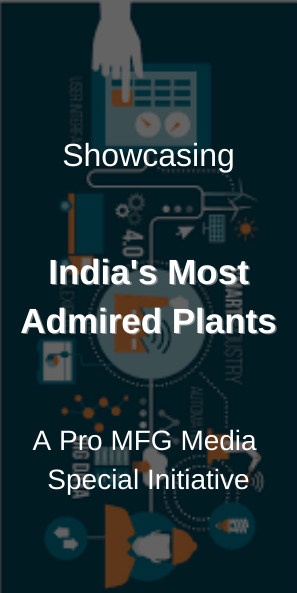


.jpg)
